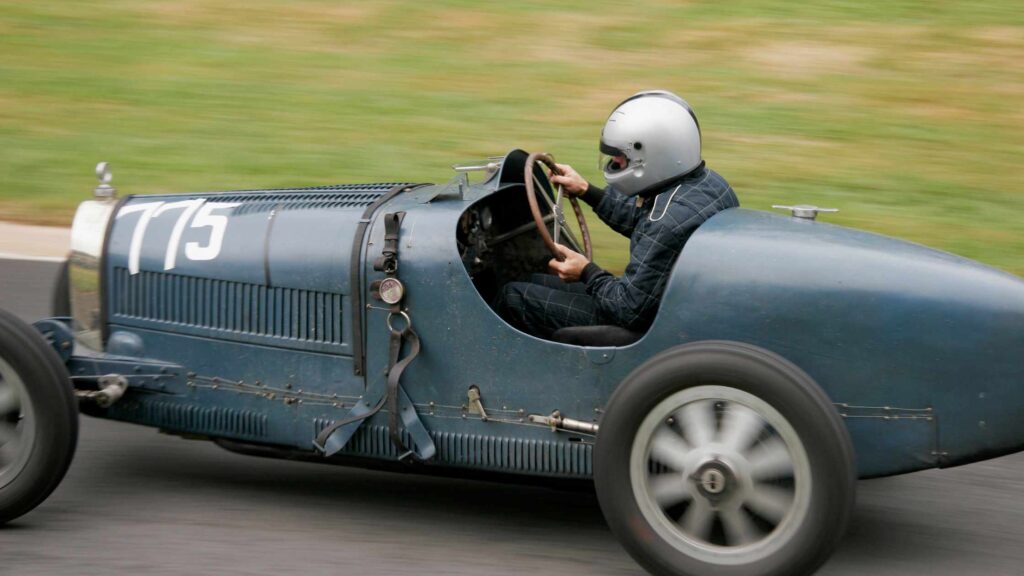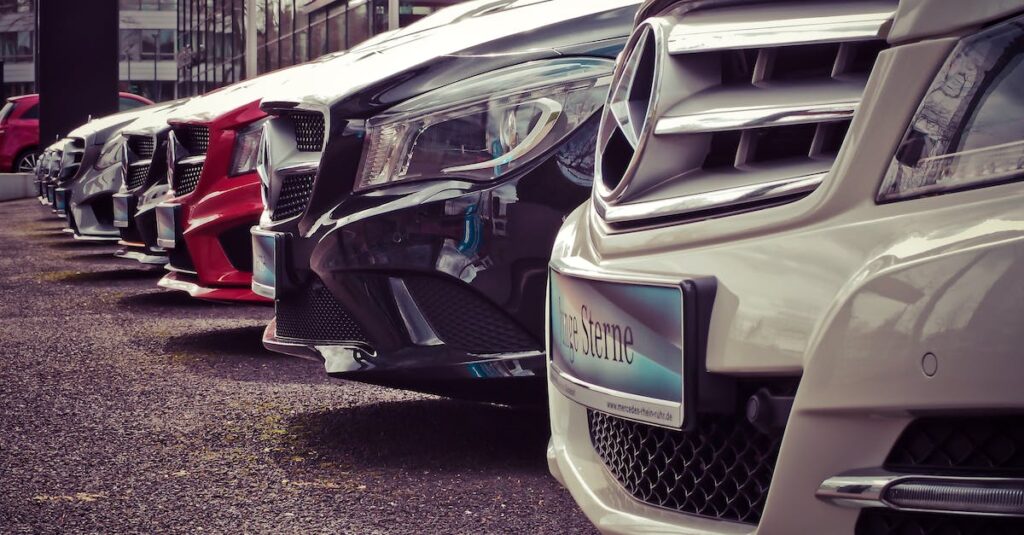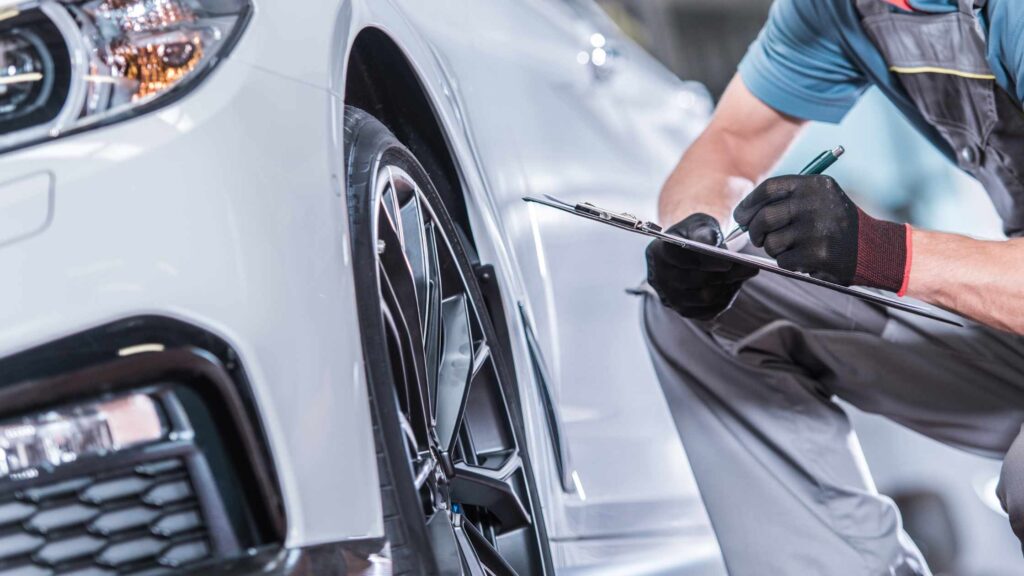Introduction
Vintage racing provides a unique opportunity to relive the glory days of motorsport. With its rich history, thrilling races, and iconic vehicles, it captures the essence of a bygone era. In this article, we will explore the world of vintage racing, the cars that define it, and the passionate enthusiasts who keep the tradition alive.
The Origins of Vintage Racing
Vintage racing traces its roots back to the early 20th century when automobiles first took to the track. As motorsport evolved, it became clear that preserving the heritage of racing was crucial. Thus, the concept of vintage racing was born. It allowed enthusiasts to showcase and race historic cars that would otherwise be left in museums or private collections.
Step Back in Time
When attending a vintage racing event, one cannot help but feel transported back in time. The sights and sounds of classic racing cars fill the air, taking us back to an era when racing was raw and untamed. The roaring engines, the smell of gasoline, and the camaraderie among fellow enthusiasts create an atmosphere that is unparalleled in modern racing.
The Golden Era of Motorsport
Vintage racing captures the essence of the golden era of motorsport – a time when racing was less about corporate sponsorships and more about passion and skill. It was an era when drivers pushed the limits of their machines, relying on their skill and bravery to conquer the track. Vintage racing allows us to witness these iconic cars in action and appreciate the artistry that went into their design.
The Cars that Define Vintage Racing
Vintage racing is synonymous with iconic automotive legends that have left an indelible mark on the history of motorsport. From the sleek and elegant curves of the Jaguar E-Type to the brute force of the Ford GT40, these cars are not just machines, but historical artifacts that tell the story of racing’s past. They embody the spirit of an era and the ingenuity of the engineers who built them.
Restoring and Maintaining Vintage Race Cars
Owning and maintaining a vintage race car requires a deep passion for automotive history and a commitment to preserving it. Restoring these machines to their former glory takes meticulous attention to detail and a wealth of knowledge. From sourcing rare parts to recreating period-correct liveries, it is a labor of love that allows enthusiasts to breathe new life into these automotive icons.
The Thrill of Vintage Racing
For those lucky enough to compete in vintage races, the experience is nothing short of exhilarating. It is a chance to push these impressive machines to their limits, testing both driver skill and mechanical prowess. The sight of a pack of vintage cars thundering down the track, tires screeching and engines roaring, is a sight to behold. It is a reminder of what made racing so captivating in the first place.
The Community of Vintage Racing
Beyond the thrill of racing, vintage racing has fostered a tight-knit community of enthusiasts. Whether it’s swapping stories in the paddock or lending a helping hand to a fellow competitor, the camaraderie among vintage racers is unparalleled. It is a community that values the preservation of history and the celebration of classic cars, bringing together people from all walks of life who share a common passion.
Preserving Racing’s Heritage
Vintage racing plays a vital role in preserving the heritage of motorsport. It allows us to experience firsthand the machines that shaped racing history and pay homage to the drivers and engineers who made it all possible. By keeping these iconic cars on the track, we ensure that future generations can appreciate the artistry, innovation, and sheer excitement of racing’s glorious past.
Summary
Vintage racing offers a unique opportunity to relive the glory days of motorsport. From the origins of the sport to the community of passionate enthusiasts, this article has explored the world of vintage racing and its significance. It’s a chance to step back in time, witness the golden era of racing, and experience the thrill of iconic cars thundering down the track. By preserving racing’s heritage, we can ensure that the legacy of motorsport lives on for generations to come.







